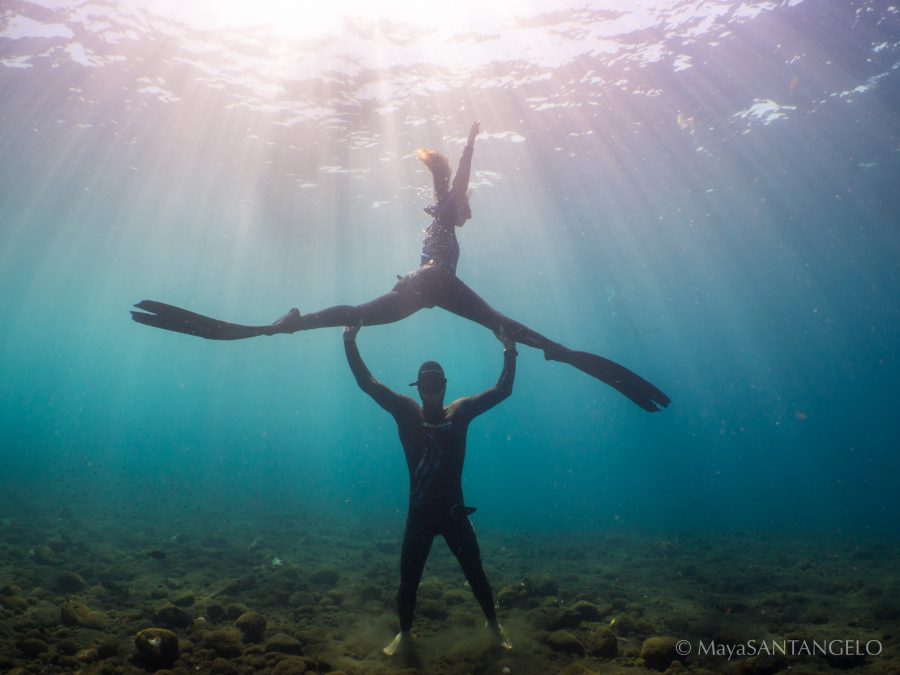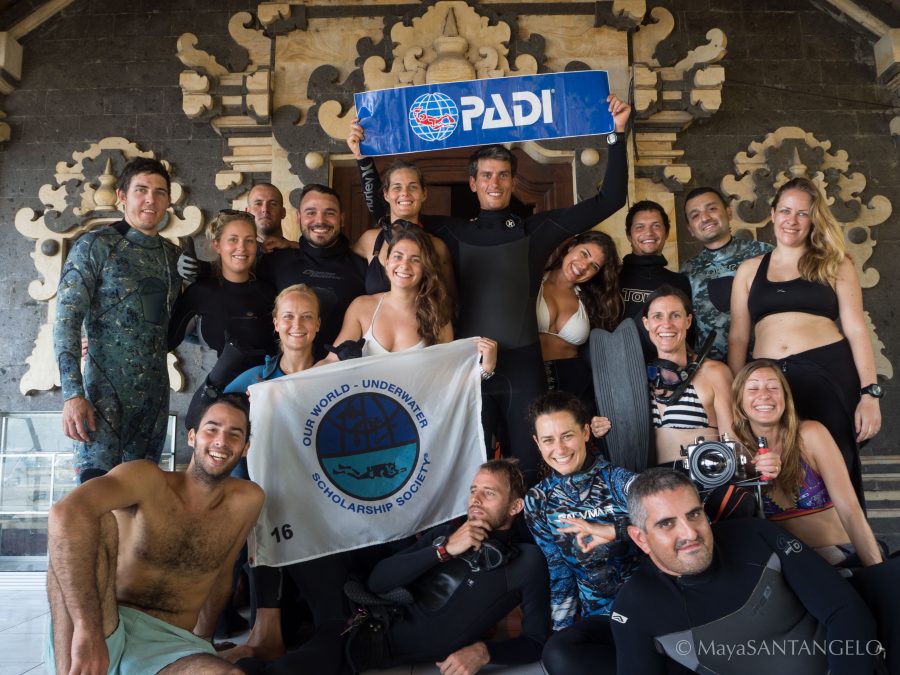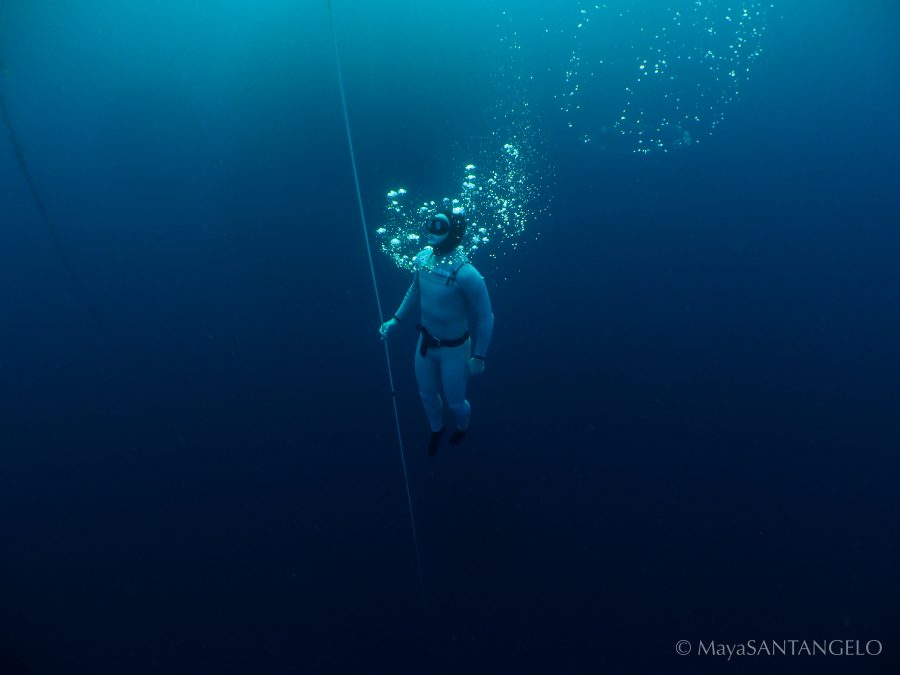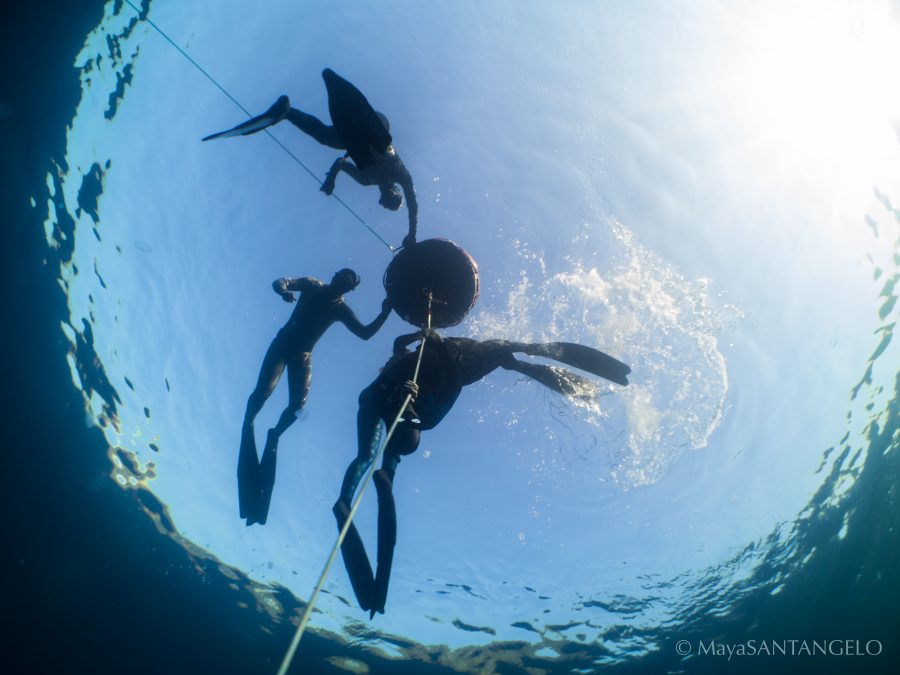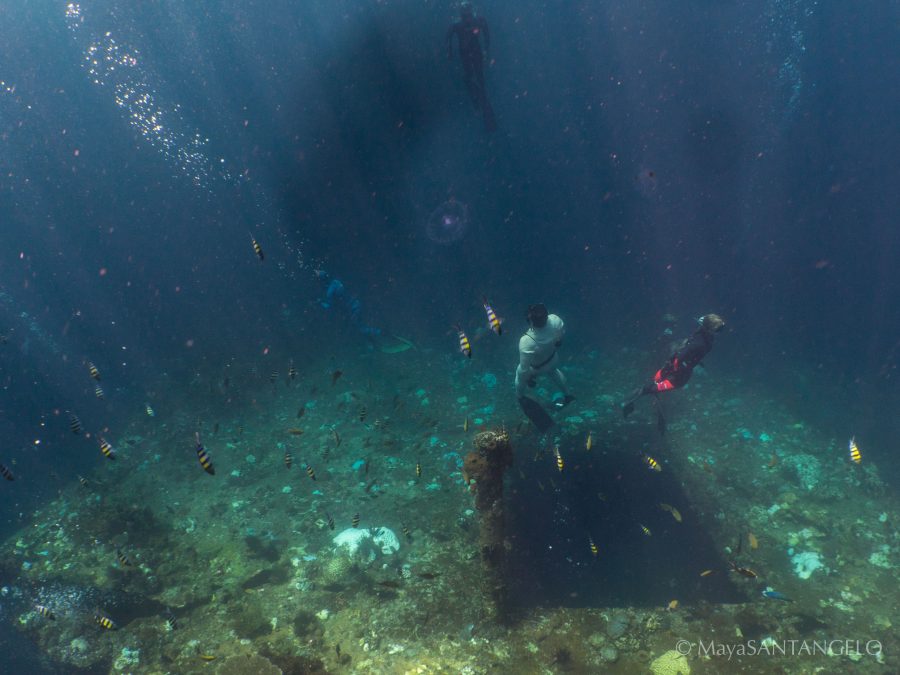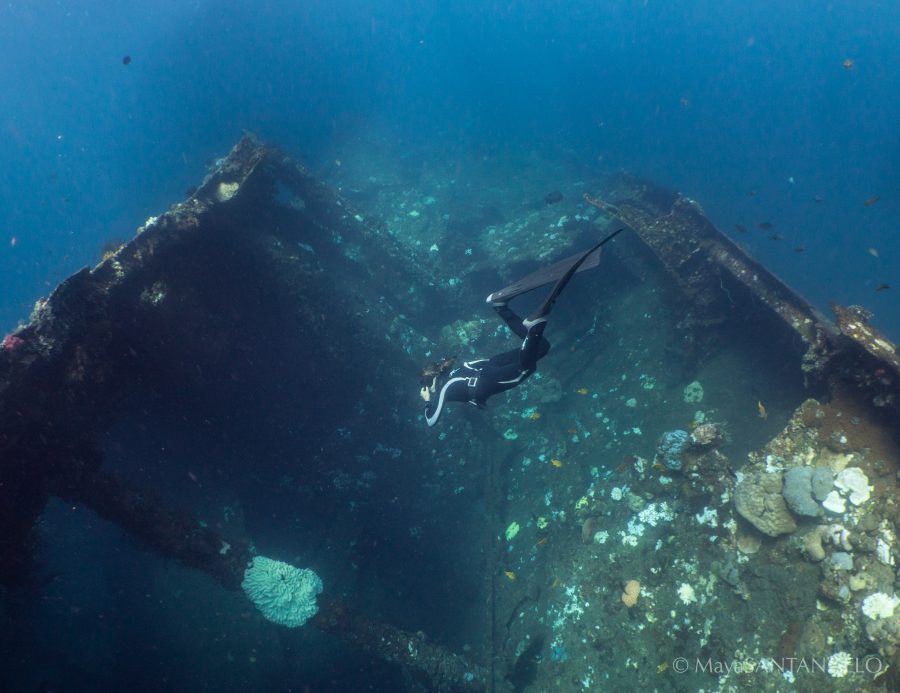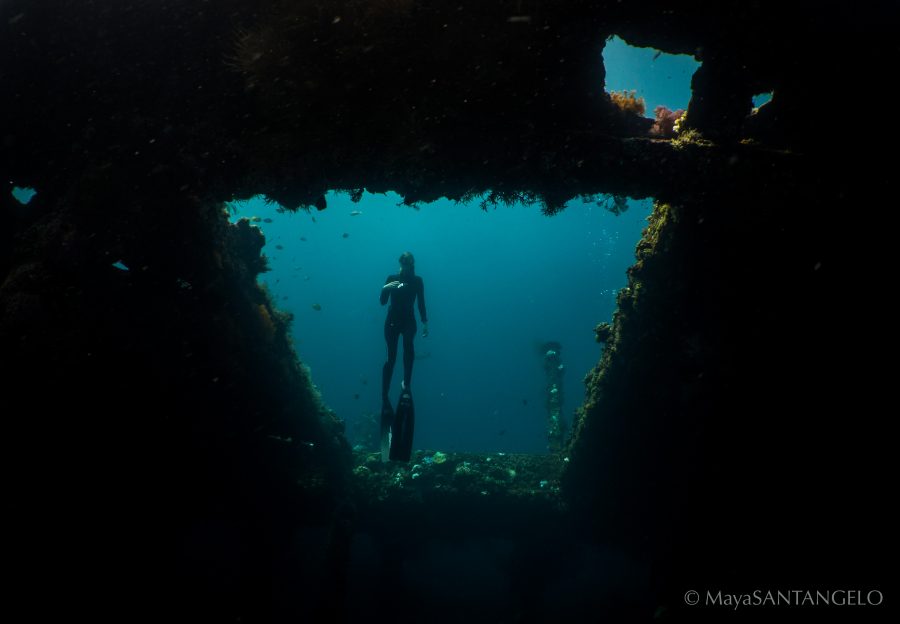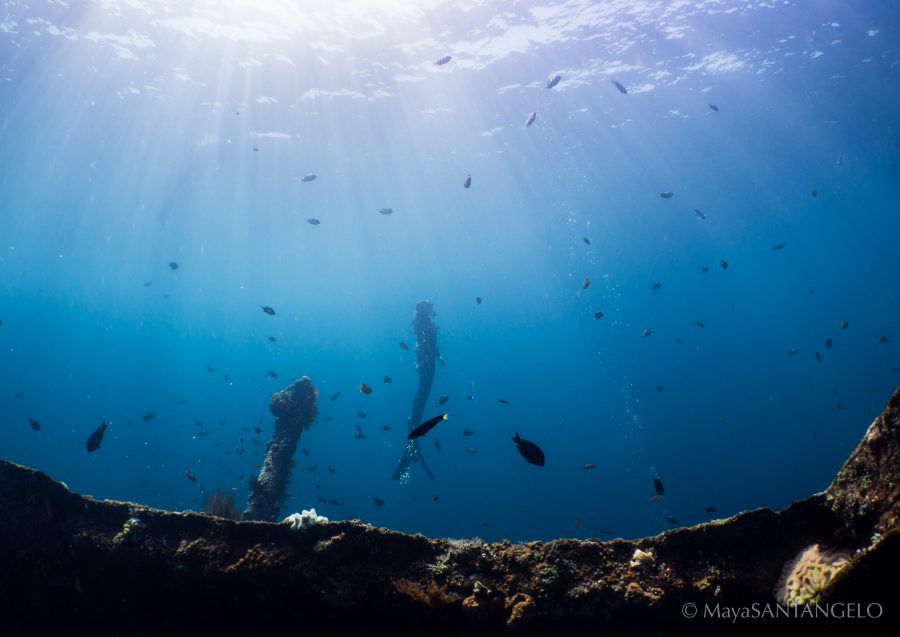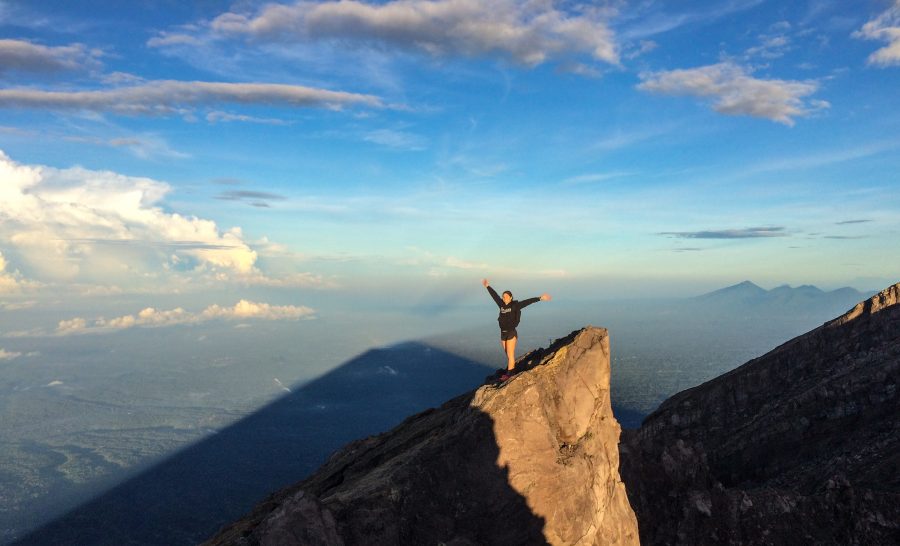I learned to Scuba dive over 10 years ago. Since then, it has grown exponentially to become a much bigger part of my life than I ever imagined. However, despite my love for the amazing reality of breathing underwater, I knew that during my scholarship year and in the future, there would certainly be occasions where I’d find myself jumping in the water without a cylinder on my back. Thanks to the world of opportunities that is the Rolex Scholarship, this year is a great chance for me to trade in my instructor slates to go back to school and expand my dive skills with training in exciting new disciplines!
As the leading training agency in Scuba Diving in the world, PADI has recently developed a new training program in freediving, with the help of Australian record holder, professional freediver and instructor trainer, Adam Stern. Thanks to the support of PADI, I was on my way to the beautiful fishing village and diving town of Amed in Bali, Indonesia, to join Adam for a week of freediving training and skills development.
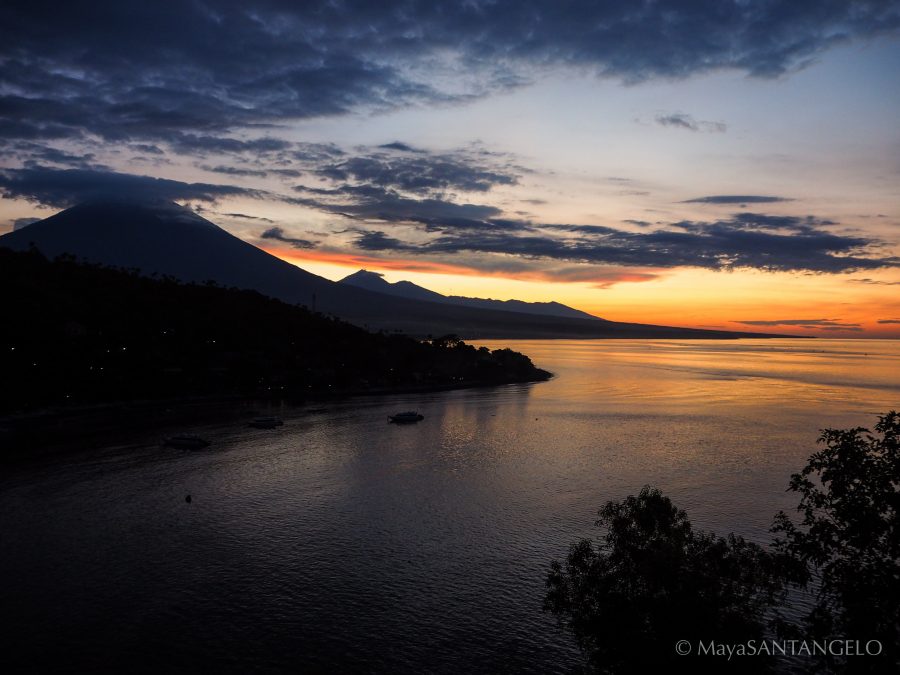
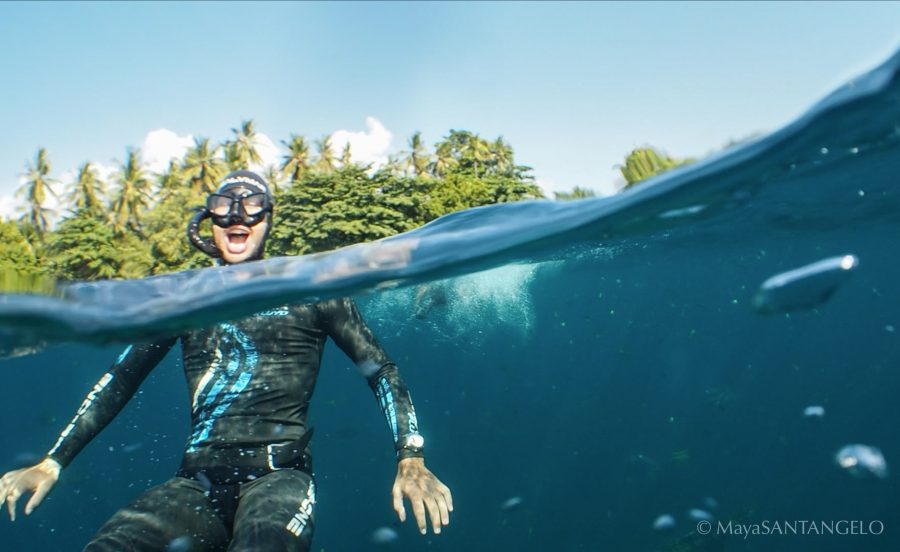
Freediving has recently gained huge interest and popularity in the diving and spear fishing community. But with this amazing ability to spend time underwater with a self-contained breathing apparatus, what’s the draw of holding your breath?! Freediving offers a unique experience compared to that found with SCUBA. The simplicity, relaxation, challenge, and chance to have closer, bubble-free interactions with marine life are huge points of attraction for freedivers. For me, as a complete breath hold amateur, the chance to gain confidence and expand my skills training in freediving would be a great way to help maximize my experiences in the underwater world, as well as getting comfortable exploring new ways to interact with marine life.
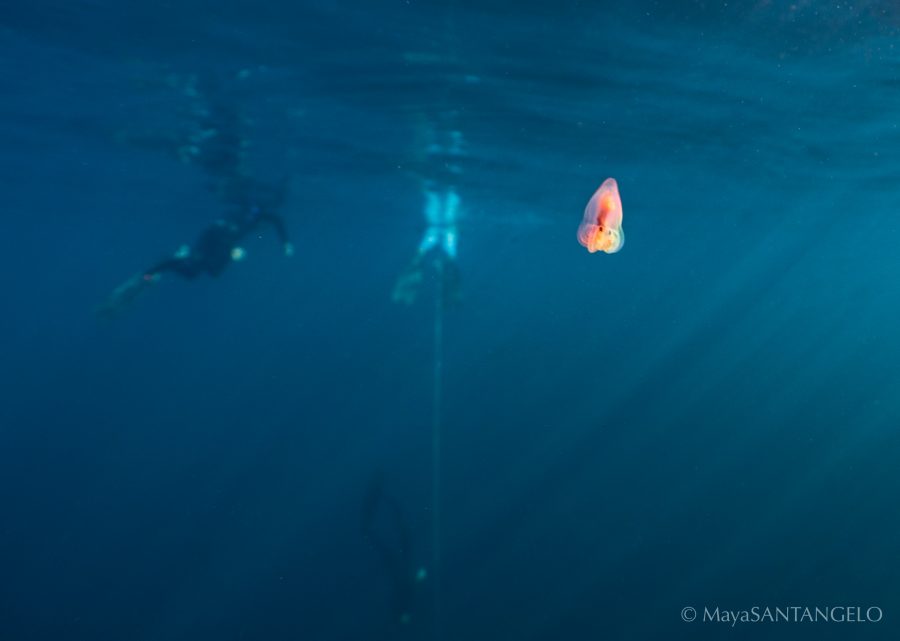
Led by instructors Adam, Rosie, Shaz and Sam, I joined the crew I’d be diving with for the week at local dive centre, Fusion Freediving. The group of students was a complete misfit mix of eager water lovers of all different levels, all the way from complete beginners (like myself), up to instructor candidates who would be assisting the different training levels as part of their Freediving Instructor Course following our week of training. With instructor Shaz, I joined my beginner buddies and started my week with the PADI Level 1 Freediver course. After learning about freediving physiology and technique, we were ready to get into the water to practice the main reason we were all there – not breathing.
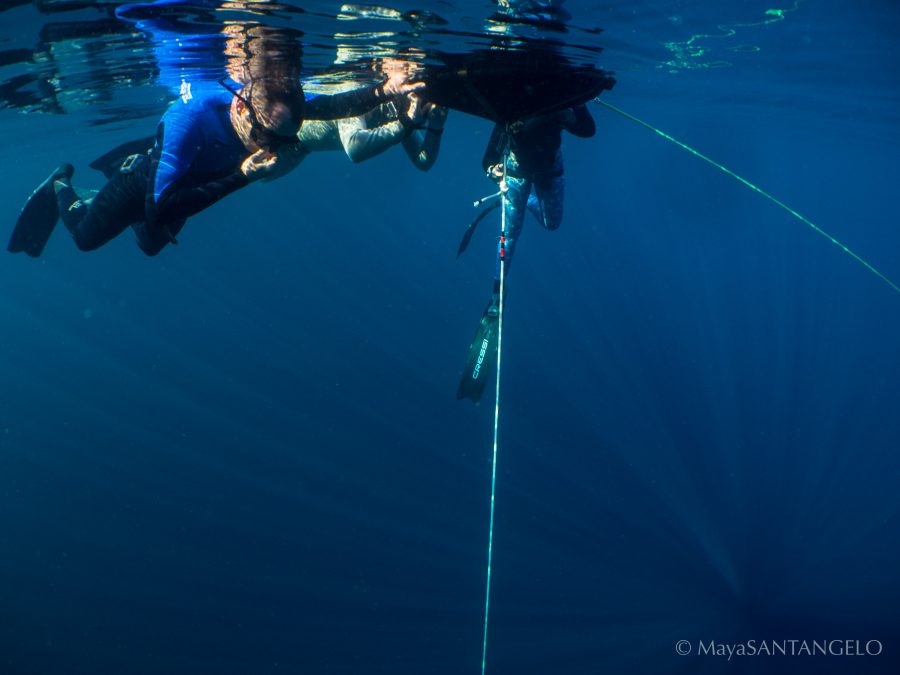
Remember the most important rule, and one of the first things you learn in Scuba Diving? Breathe continuously, and Never. Hold. Your. Breath. This concept has become such a big part of my life, as a Scuba diver and instructor. So the idea of chucking this rule overboard was a completely foreign concept to me. But I soon realized that this whole world of apnea was not quite as daunting as it sounded. I was seriously excited to be learning about how I could improve my previously feeble 30ish second attempts at holding my breath, and finally be able to stay underwater longer! But… how?
One of my favorite aspects of dive theory (despite probably being one of my worst subjects during my DM course), in both SCUBA and freediving, is learning about the physiology of diving. Studying in university, I was fascinated learning about the diving capabilities of aquatic mammals, in which a variety of anatomical and physiological adaptations allow them to exploit and inhabit the marine environment. With the increasing surge in training and research in the world of competitive freediving, we are starting to learn more and more about what human bodies are capable of underwater.
All mammals have a diving reflex, including humans. The mammalian diving reflex, or response, is the body’s physiological response to submersion in water, which involves a few critical processes that enable the body to manage and tolerate a lower level of oxygen. This response is totally automatic, and is what enables us to dive to depths on a single breath, and come up smiling! Researchers have studied the diving reflex in a variety of aquatic animals, including the Weddell seal, one of the best divers in the animal kingdom (sorry Adam), recording dives of up to 80 minutes and depths of over 600m. While marine animals use the diving reflex as an adaptation to function in their everyday life, the diving reflex exists in humans as a survival mechanism, and it can be trained.
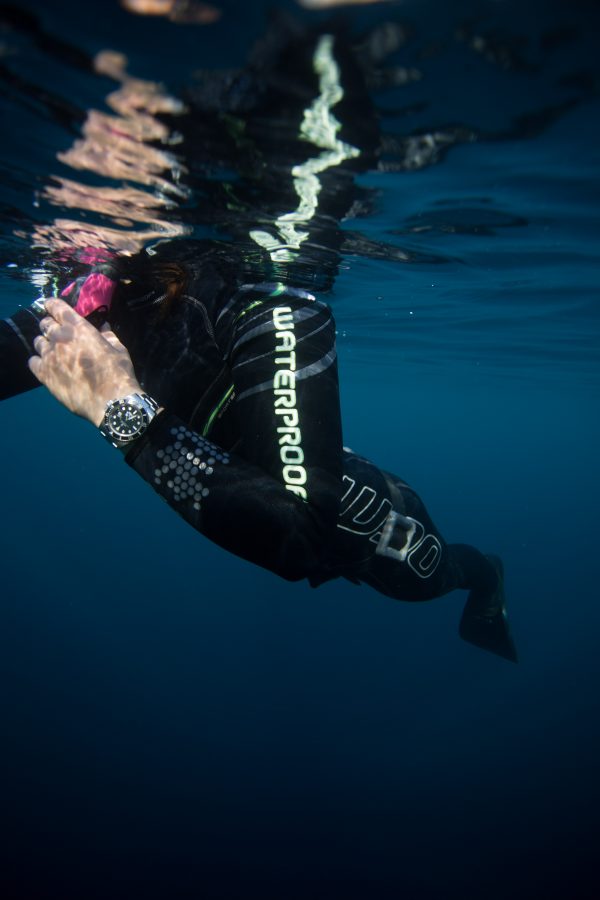
Over the week of training, we covered everything from theory, to practical techniques in freediving disciplines, breath-holding and relaxation, and the importance of diving with a buddy, rescue skills and recovery breathing. Rather than being confined to only a short two-day course, the training ‘camp’ allowed us to soak up as much fun and training-focused time in the water as possible.
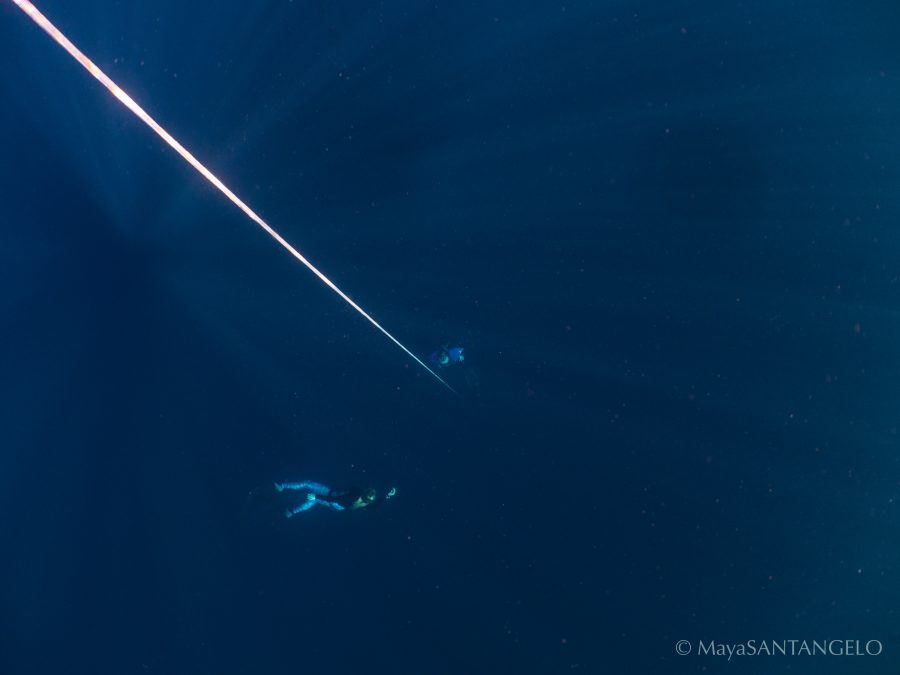
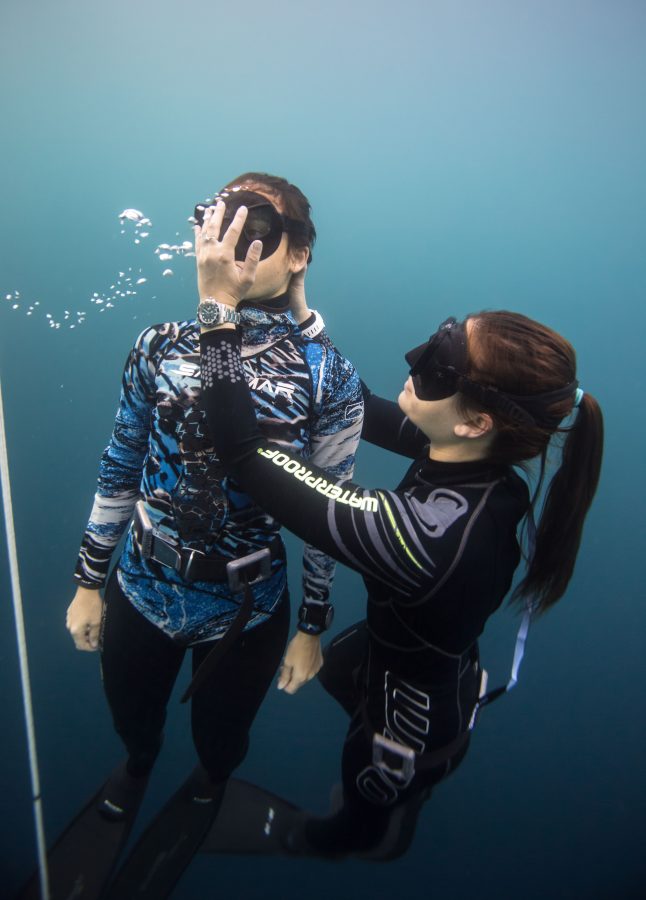
Free afternoons were spent practicing on the float lines, laughing and training in good company, enjoying the warm water until the sun set behind Mt Agung and it was time to go drink fresh coconuts over dinner.
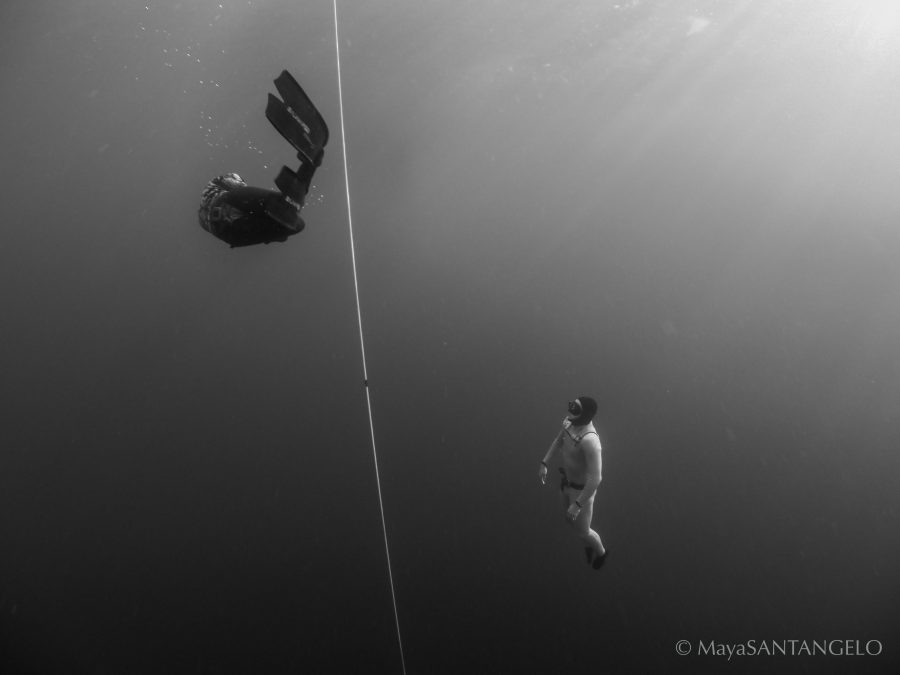
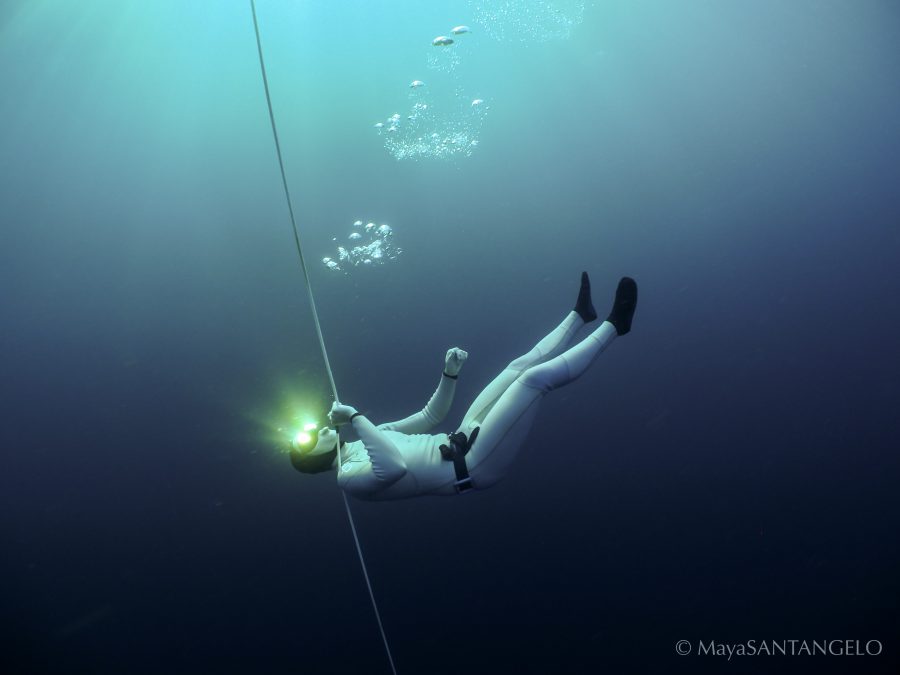
We even found a day to take a short, scenic scooter ride over to the nearby town of Tulamben, to visit the wreck of the USAT Liberty. A popular site for scuba divers, it was a very different experience for me to hold my breath and freedive down to swim around their bubbles and find shipwreck swim-throughs only accessible to us without tanks on our backs.
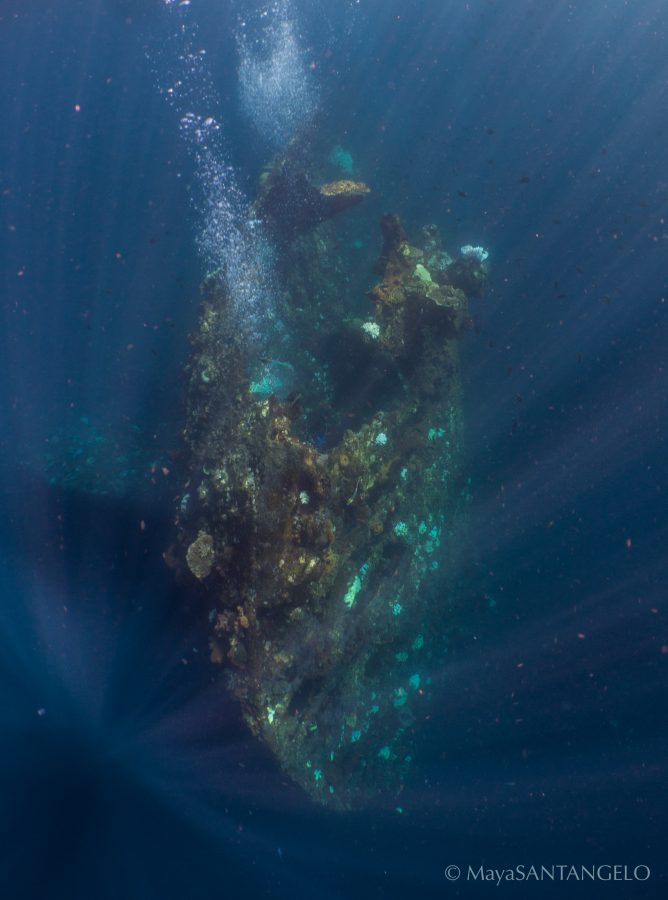
We couldn’t have asked for a better setting to train in, than the warm, clear, deep waters of Jemeluk Bay off of Amed Beach. But setting up our floats and training lines amongst the local fishing boats, there was something so conspicuous that we couldn’t avoid noticing in the water. With each changing tide, upsetting amounts of plastic were brought into the bay all around us. Anita Horan, local Sydney diver and advocate for plastic free produce and oceans, who was also part of the training group, rustled up enough mesh bags in town for each of us to take out with us every chance we were in the water. Throughout the week, we made a point of collecting as much as we could during our training sessions to do our part removing plastic from the ocean – to learn more about plastic pollution and Anita’s efforts to educate and shift the impacts of the average consumer (like us!), read here.
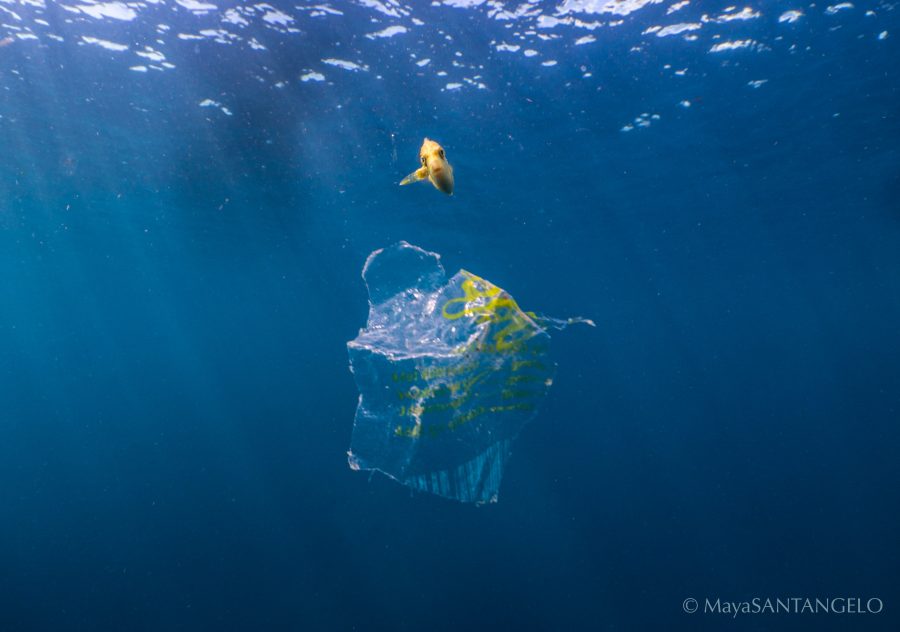
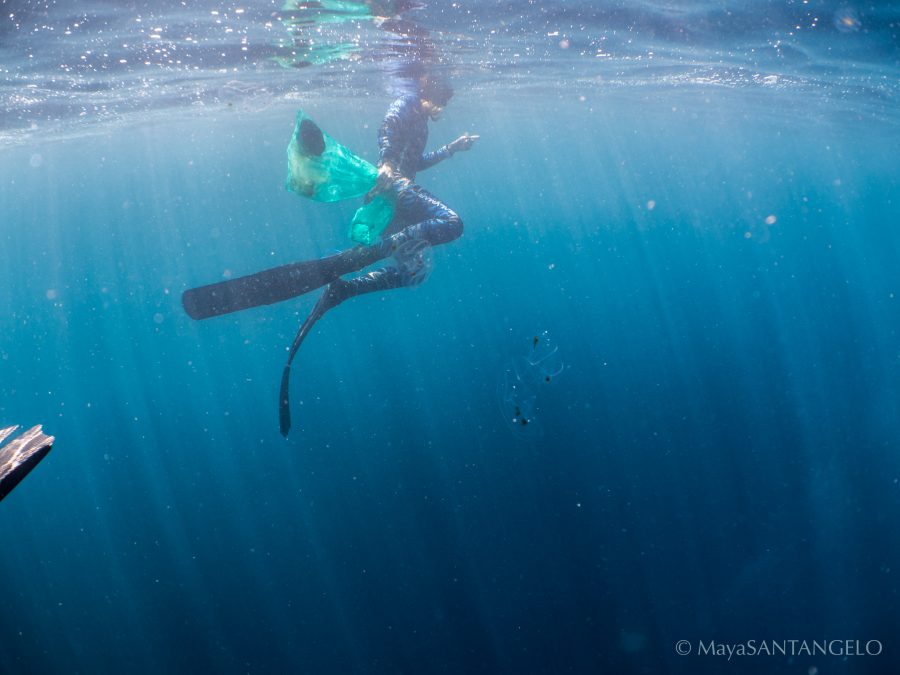
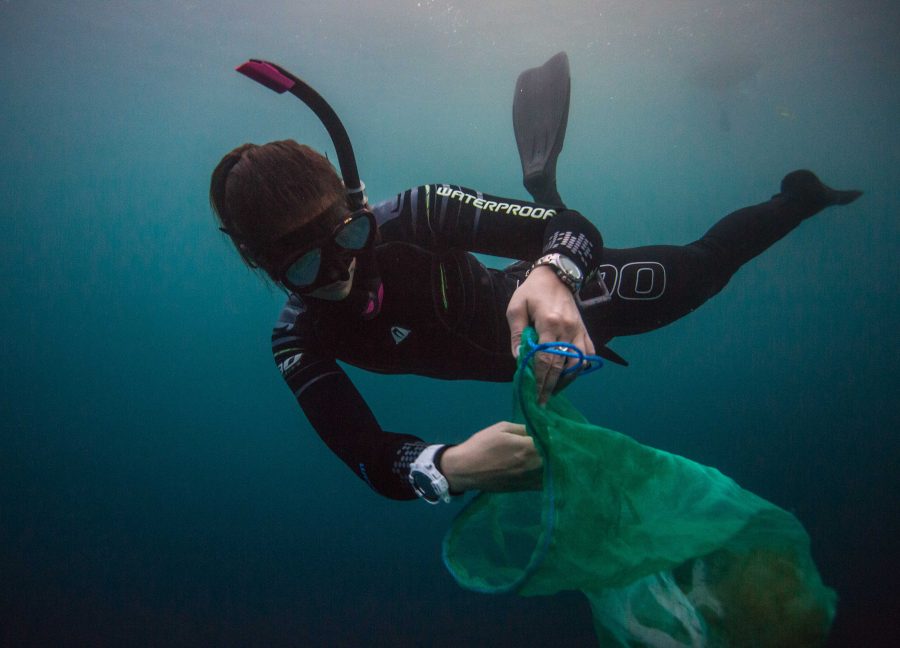

Training with Adam, Shaz, Rosie and Sam was so much fun – each so in love with being in the water, and offering something unique to the learning experience. Coming from a scuba background, this week was such a fun challenge for me to try something so different to what I was familiar with, learning what my body is capable of, and being aware of my personal progression and limits! Finally having the opportunity to apply proper training techniques, I focused much of my time on the training lines getting comfortable diving to depths of 25m, as well as smashing my previous breath-hold “record” of only about 30 seconds… to a static apnea personal best of 3:30!
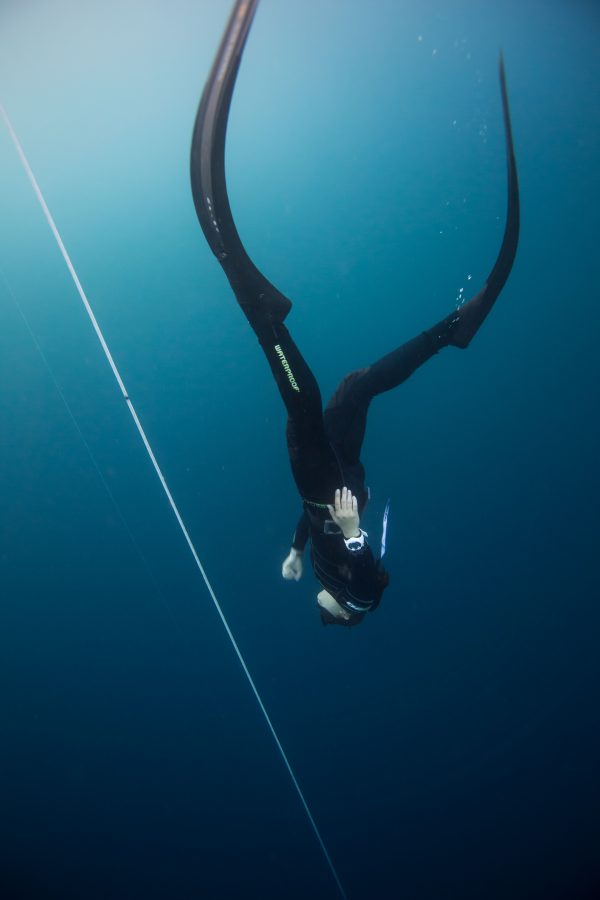
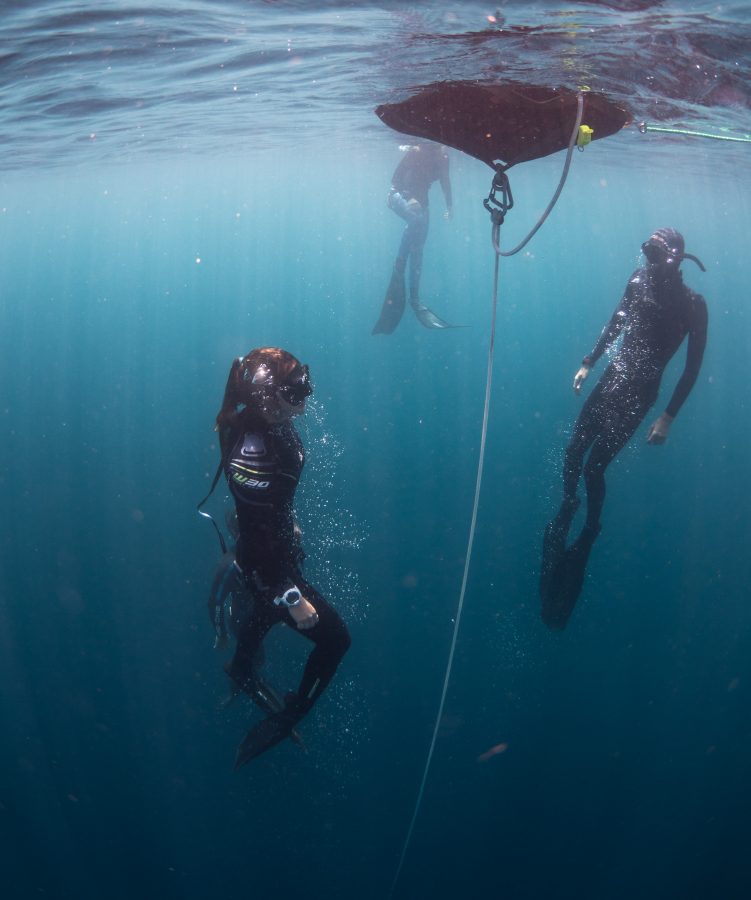
Despite the excitement of my personal achievements and ticking off both Level 1 and Level 2 PADI freediving certifications, a huge highlight of the whole experience was the fact that, as a group, we were all smashing goals. No matter the experience level, it was so much fun encouraging and seeing each other overcome personal challenges – everything from comfort with equalizing, to personal breath-hold time records, depth records, and of course, the instructor candidates becoming confident in their own teaching.
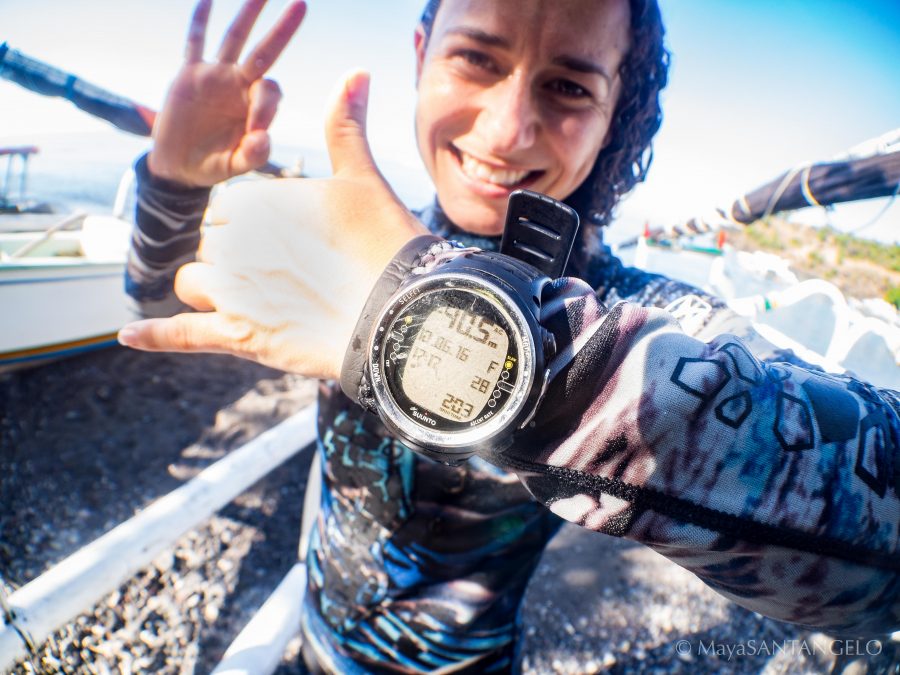
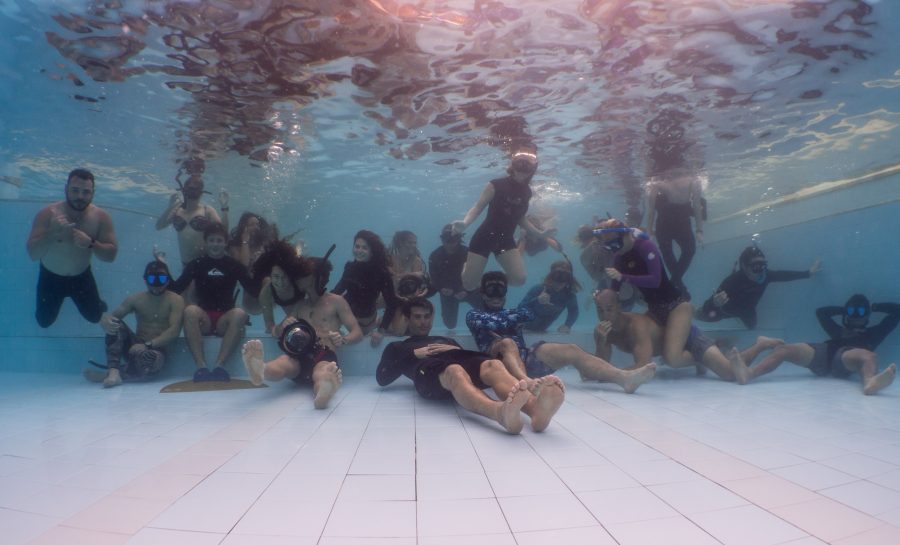
If the week wasn’t already awesome enough, a small group of us traded depth for altitude on our last day, for the truly epic adventure of hiking (and climbing in most parts) the highest volcano/peak in Bali, Mt Agung. A 1am wakeup, 4 hour climb in the dark, and 3330m above sea level later, we were the first group to reach the summit for sunrise. We felt like we’d left tropical Bali behind and stepped into Nepal with the gusting winds and 10 degrees at the top. Standing above the clouds at the top of the mountain, watching the clouds roll around us and the magnificent shadow of the mountain fall over the Indonesian landscape as the sun came up on the other side, was such a spectacular way to end the trip.
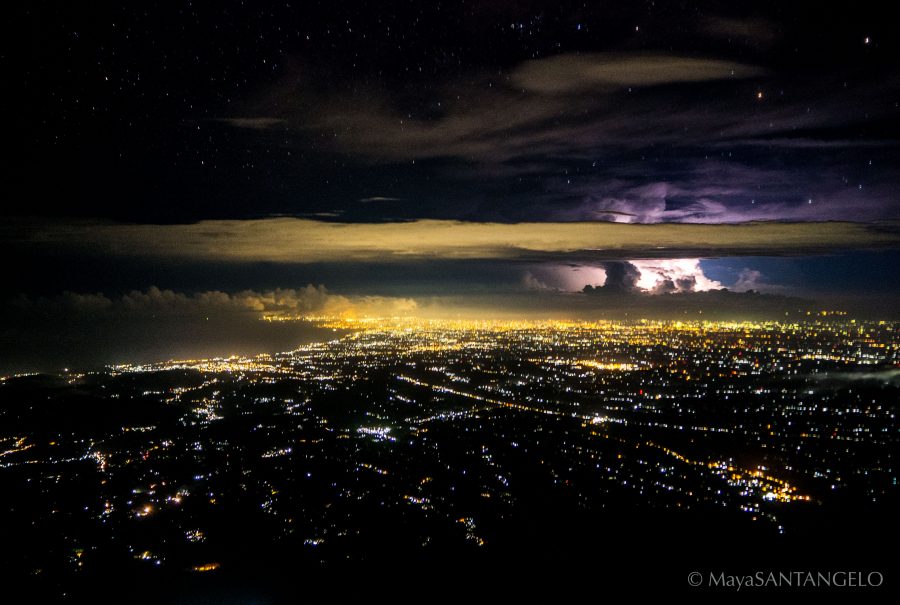
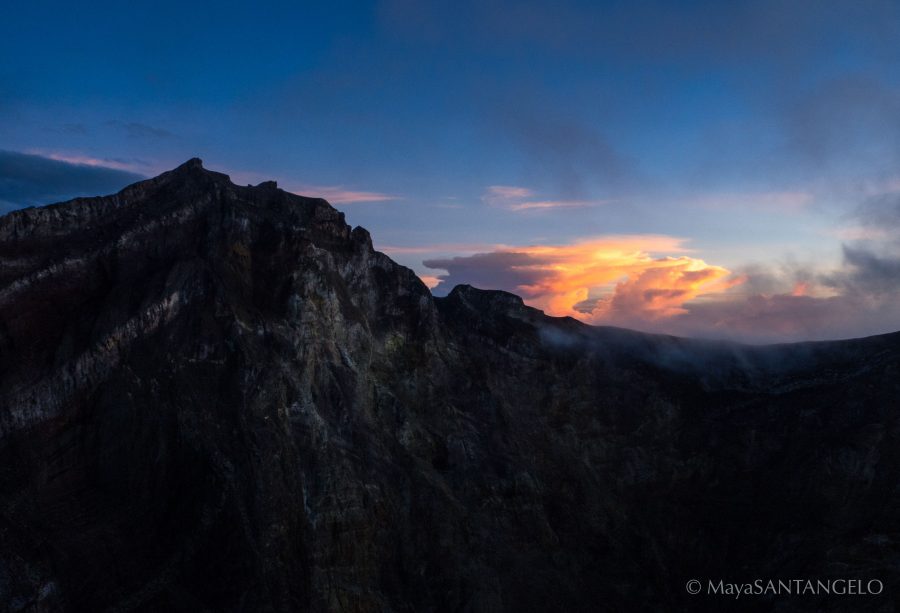
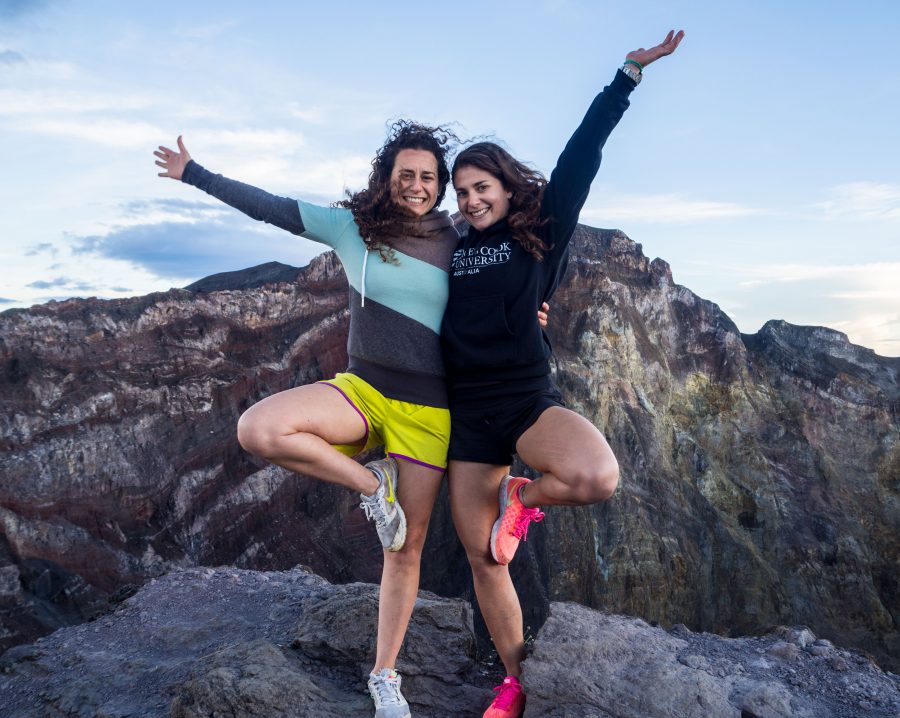
What an amazing week of progression and accomplishments for everyone! A big thank you to PADI and Adam Stern, as well as Rosie, Shaz and Sam, and all of the awesome instructor candidates (now new instructors!) for making this experience such a fantastic addition to my scholarship year. There is always more to learn as a diver, and I had such a rewarding time stepping out of my comfort zone, expanding my skills and enjoying new ways to appreciate the underwater world. See more of the experience in a short video I created below!
